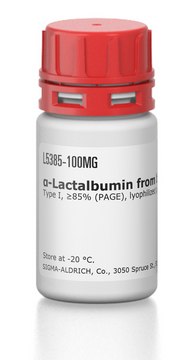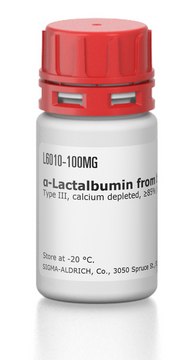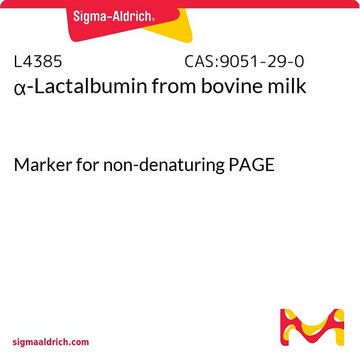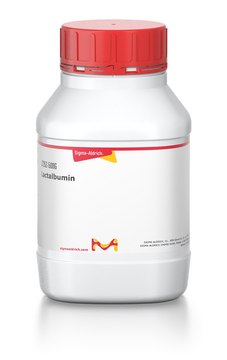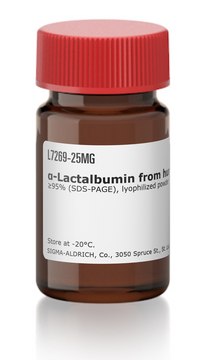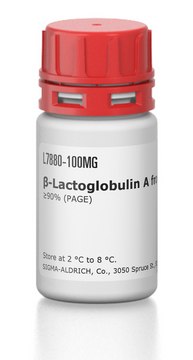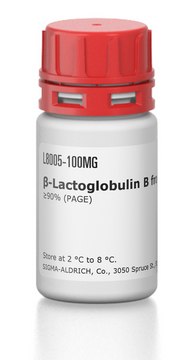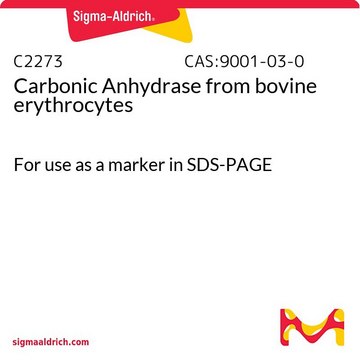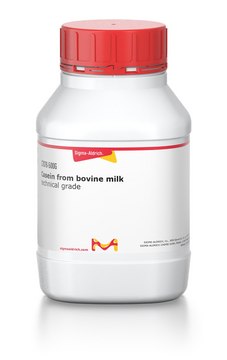L6385
α-Lactalbumin from bovine milk
For use as a marker in SDS-PAGE
Synonym(s):
alpha-lactalbumin
About This Item
Recommended Products
biological source
bovine milk
Quality Level
form
powder
mol wt
~14.2 kDa
packaging
vial of 5 mg
concentration
>5 mg per vial protein (biuret)
technique(s)
electrophoresis: suitable
solubility
H2O: soluble 10 mg/mL
UniProt accession no.
storage temp.
2-8°C
Looking for similar products? Visit Product Comparison Guide
1 of 4
This Item | L4385 | L5385 | L6010 |
|---|---|---|---|
| biological source bovine milk | biological source bovine milk | biological source bovine milk | biological source bovine milk |
| technique(s) electrophoresis: suitable | technique(s) microbiological culture: suitable | technique(s) cell culture | mammalian: suitable, electrophoresis: suitable | technique(s) indirect ELISA: suitable |
| Quality Level 200 | Quality Level 200 | Quality Level 300 | Quality Level 300 |
| form powder | form lyophilized powder | form lyophilized powder | form lyophilized powder |
| Gene Information cow ... LALBA(281894) | Gene Information cow ... LALBA(281894) | Gene Information cow ... LALBA(281894) | Gene Information cow ... LALBA(281894) |
| storage temp. 2-8°C | storage temp. −20°C | storage temp. −20°C | storage temp. −20°C |
General description
Application
- as an electrophoresis marker, with a molar mass of approximately 14,200Da[2][3][4]
- in a study to investigate selective binding of proteins on charged surface iron oxide nanoparticles via reverse charge parity model[5]
Biochem/physiol Actions
Choose from one of the most recent versions:
Already Own This Product?
Find documentation for the products that you have recently purchased in the Document Library.
Customers Also Viewed
Our team of scientists has experience in all areas of research including Life Science, Material Science, Chemical Synthesis, Chromatography, Analytical and many others.
Contact Technical Service